 spieth12@spiethstorage.com
spieth12@spiethstorage.com +86 18006010205
+86 18006010205
LATEST NEWS
-
Time:9/15/2025
-
Time:9/10/2025
-
Time:9/5/2025
-
Time:9/2/2025
-
Time:8/27/2025
CONTACT US
-
 Tel : +86 18006010205
Tel : +86 18006010205
-
 E-mail : spieth12@spiethstorage.com
E-mail : spieth12@spiethstorage.com
-
 Address : Tongan Park, Tongan District, Xiamen, China 361023
Address : Tongan Park, Tongan District, Xiamen, China 361023
Product News
How to safely and easily disassemble your pallet rack?
 Time:7/18/2022
Time:7/18/2022 1861
1861
Improving efficiency is the law of the warehouse world. Any small change that makes your warehouse more efficient is a step towards higher revenue. It means you would probably have good reason to make some changes to your warehouse setup, be it a new layout or an entirely new facility. Either way, you may find yourself having to remove some pallet racking.
There is a right way to remove pallet racking, and dozens of wrong ways to do it. In this article, we'll walk you through five simple steps to unload pallet racking, so let's get started.
There are five easy steps to disassemble your pallet rack. While these steps contain many small tasks, they are fairly simple.
The vertical frame, beams, wire layouts and base plates are all basic components of pallet racking.
First, you need to remove your decking and accessories by carefully removing each piece of wire decking as well as any post and column protectors and shelf dividers. If you place them alternately face up and face down, the wire decks will nest nicely together.
After removing the accessories from the pallet rack, the crossbeams (the horizontal supports that hold the pallet in place) must be removed. Remove each crossbeam individually and follow the manufacturer's instructions for your specific type of rack. Depending on the height of the uprights, it is beneficial to install at least one beam level before you are ready to remove the uprights.
Remove the washer and nut from the anchor that holds the column into the concrete. The anchor can be hammered into the concrete (see step 4) or the column may need to be raised onto the anchor. Remove the remaining beam level while securing the freestanding column. Carefully lower the column and place it on its side in a safe and secure area to ensure that it will not tip over in the event of a collision.
The concrete floor of your facility will have many anchor points that will need to be removed. The protruding portions of the anchors will either need to be hammered into the concrete (if the installation was pre-drilled far enough) or should be cut and ground until the small pieces are flush with the concrete. The rest of the hole must be filled with concrete or epoxy sealer to prevent further damage. Just know that the type of anchors (impact anchors or wedge anchors) used to hold the pallet frame in place will leave at least part of them embedded in the concrete even after "removal". Also, be sure to repair any concrete that may have been damaged by the removal.
Some concrete damage may occur after removal of pallet rack anchors, as they are supposed to be permanently embedded to withstand excessive forces. Holes, cracks and other damage can be repaired, so don't worry too much.
If you are selling your pallet racking or mobile pallet racking, the components need to be properly strapped and palletized. Tie the posts, beams and wire decking tightly and secure them with heavy-duty steel straps. To prevent movement on the truck, make sure each bundle is uniform and tight.
There is a right way to remove pallet racking, and dozens of wrong ways to do it. In this article, we'll walk you through five simple steps to unload pallet racking, so let's get started.
Five steps to disassemble the pallet rack
There are five easy steps to disassemble your pallet rack. While these steps contain many small tasks, they are fairly simple.
The vertical frame, beams, wire layouts and base plates are all basic components of pallet racking.
1. Remove your wire decking and accessories
First, you need to remove your decking and accessories by carefully removing each piece of wire decking as well as any post and column protectors and shelf dividers. If you place them alternately face up and face down, the wire decks will nest nicely together.
2. Remove the crossbeam
After removing the accessories from the pallet rack, the crossbeams (the horizontal supports that hold the pallet in place) must be removed. Remove each crossbeam individually and follow the manufacturer's instructions for your specific type of rack. Depending on the height of the uprights, it is beneficial to install at least one beam level before you are ready to remove the uprights.
3. Lower the column
Remove the washer and nut from the anchor that holds the column into the concrete. The anchor can be hammered into the concrete (see step 4) or the column may need to be raised onto the anchor. Remove the remaining beam level while securing the freestanding column. Carefully lower the column and place it on its side in a safe and secure area to ensure that it will not tip over in the event of a collision.
4. Remove all anchor points
The concrete floor of your facility will have many anchor points that will need to be removed. The protruding portions of the anchors will either need to be hammered into the concrete (if the installation was pre-drilled far enough) or should be cut and ground until the small pieces are flush with the concrete. The rest of the hole must be filled with concrete or epoxy sealer to prevent further damage. Just know that the type of anchors (impact anchors or wedge anchors) used to hold the pallet frame in place will leave at least part of them embedded in the concrete even after "removal". Also, be sure to repair any concrete that may have been damaged by the removal.
Some concrete damage may occur after removal of pallet rack anchors, as they are supposed to be permanently embedded to withstand excessive forces. Holes, cracks and other damage can be repaired, so don't worry too much.
5.Strap your pallet racking components
If you are selling your pallet racking or mobile pallet racking, the components need to be properly strapped and palletized. Tie the posts, beams and wire decking tightly and secure them with heavy-duty steel straps. To prevent movement on the truck, make sure each bundle is uniform and tight.
You should use heavy-duty steel straps to tightly bind and secure the pallet rack beams to prevent them from being damaged or moving during transport.
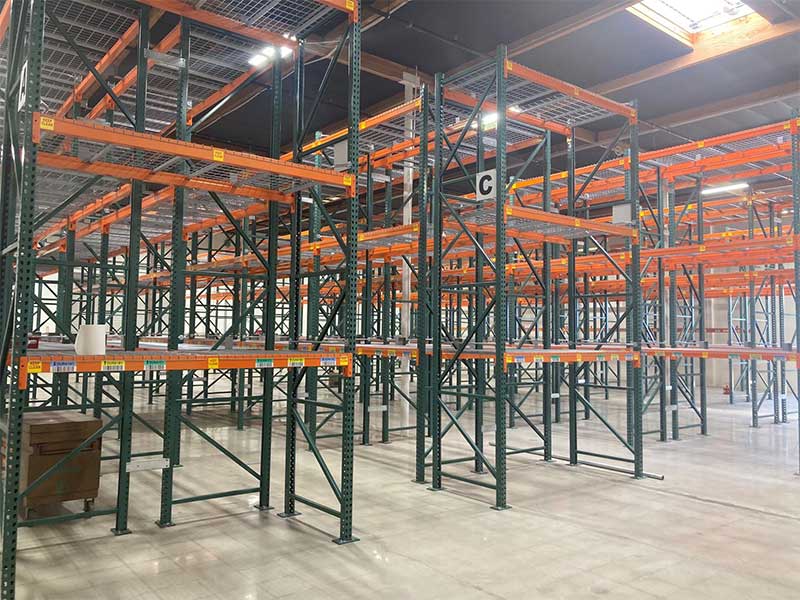
Further Reading:
Mezzanine floor systems - the best solution for creating space in space!
How to make sure the back push rack is loaded correctly?
Why consider drive-in/through pallet racking in your warehouse?
What you must know about vertical storage system
Send Message
ONLINE SERVICE
-

-
 +86 18006010205
+86 18006010205 -
 +86 18006010205
+86 18006010205
 0
0
Browsing History







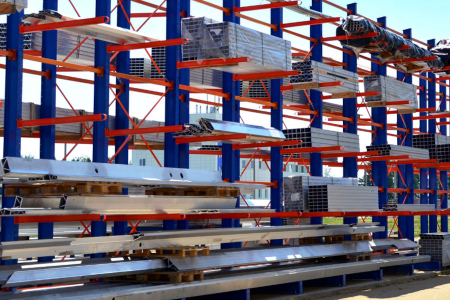
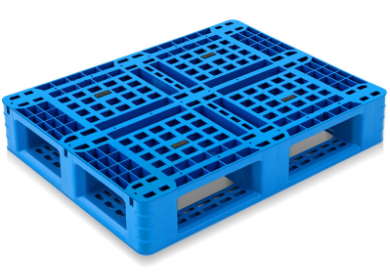

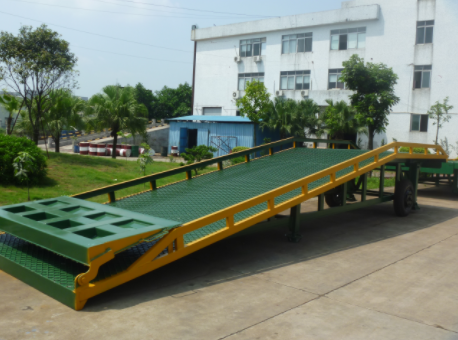
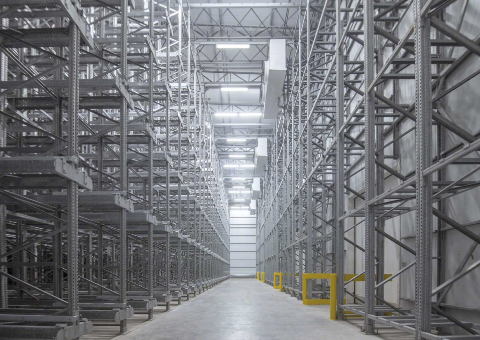






 link:
link:




